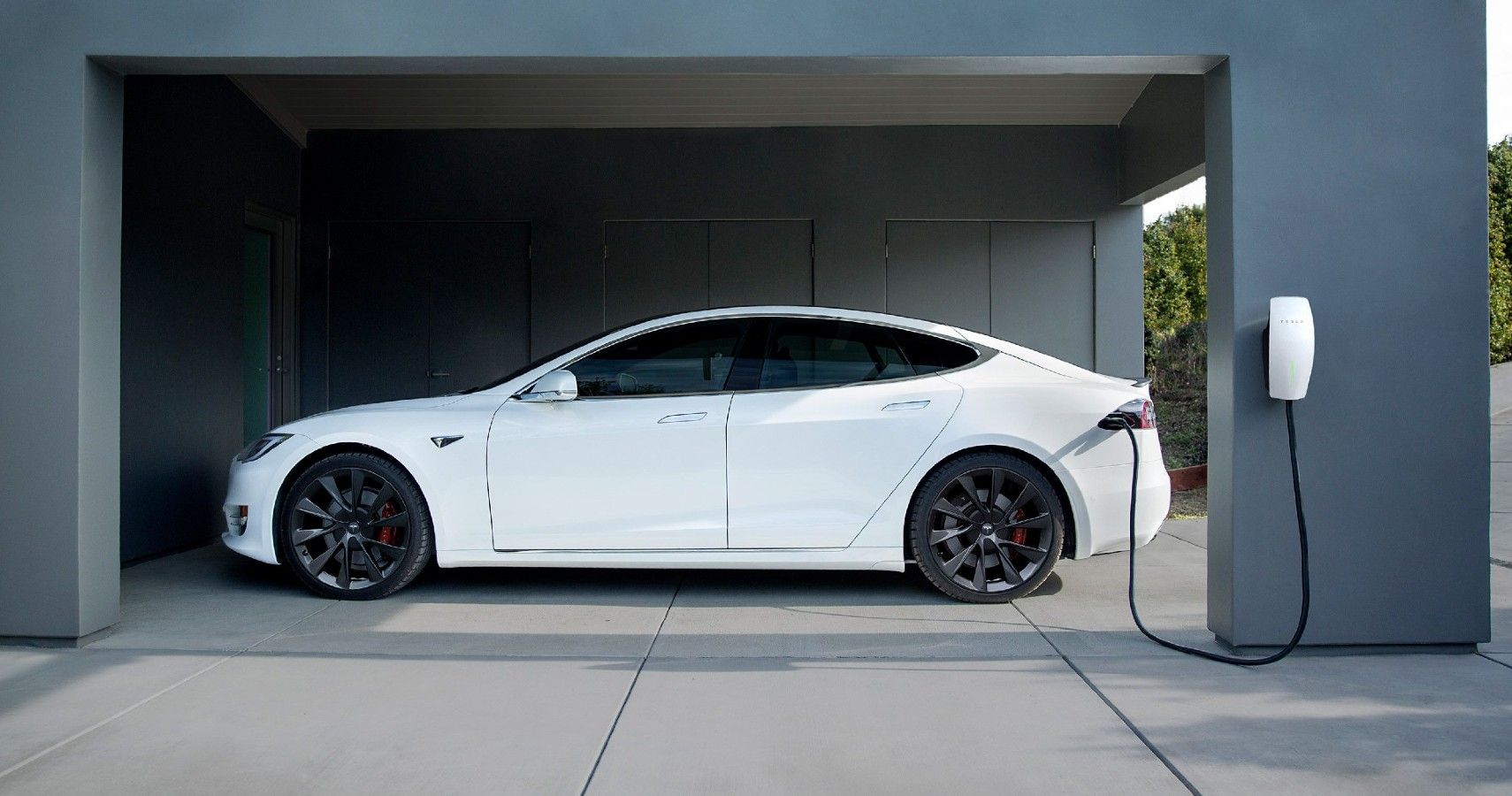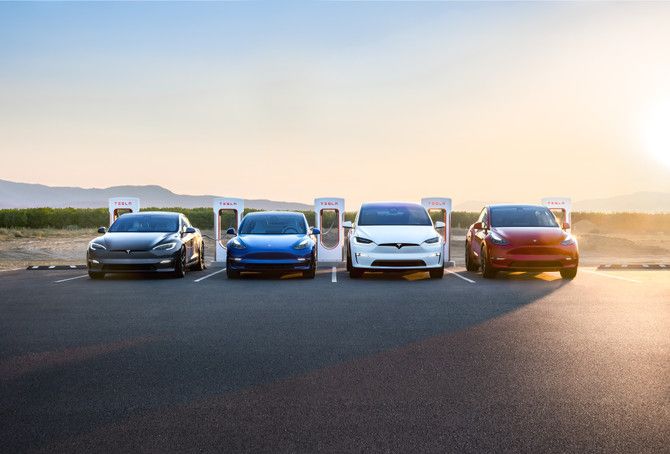It seems like hardly a week goes by without Elon Musk or Tesla making headlines. This time, it’s not the 20,000 Starlink satellite units that Musk donated to Ukraine or his comments on Tesla robots, but the launch of a Wall Connector for Tesla vehicles that even third-party EVs can use.
“Our J1772 Wall Connector is a convenient charging solution for Tesla and non-Tesla electric vehicles alike, and is ideal for houses, apartments, hospitality properties and workplaces,” wrote Tesla.
While you might think this is really not innovative if we consider that most home chargers can charge any EV using the universal J1772 connector, remember that Musk’s company adapted the Tesla chargers only for their own branded EVs. This means that you can’t charge your Tesla Model 3 and your partner’s Ford Mustang Mach-E or Hyundai Ioniq 5 with the same charger.
“Tesla’s design has been praised for being much easier to handle and more efficient than the CCS/J1772 standard that has been adopted by the rest of the industry,” says Electrek. Last June, the digital publication mentioned that Aperta intended to use Tesla’s charge connector for its upcoming solar electric vehicle and thought that the U.S. EV market as a whole needed to follow suit. Needless to say that the plan failed, and the industry didn’t adopt the Tesla charger. In this context, here’s what we know about Tesla’s home charging station.
This Is Why Tesla’s Wall Connector Is A Competitive Option
Electric vehicle owners know that Tesla is a market leader, which constantly sets the bar in the industry. This doesn’t apply only to vehicles, but also to chargers and charging stations. That’s why industry experts are so excited about the launch of the Wall Connector. As for EV owners, the ability to utilize a universal Wall Connector means that they no longer need to move between different connections and can use Tesla’s home charging stations with other EVs as well. Another selling point of the Wall Connector is the performance. “With up to 44 miles of range added per hour, a 24-foot cable, multiple power settings and a versatile indoor/outdoor design, J1772 Wall Connector provides unparalleled convenience,” says Tesla. “It can also power-share to maximize existing electrical capacity, automatically distributing power and allowing you to charge multiple vehicles simultaneously.”
The majority of electric vehicles sold in the United States, according to Tesla, are compatible with the J1772 Wall Connector. However, owners of Tesla EVs require the SAE J1772 Charging Adapter, provided at the time of delivery with all Tesla vehicles.
Convenience, safety, cost, and compatibility should always come first when EV owners are choosing what charging equipment to purchase. Now that Tesla has overcome the only challenge to buying the Wall Connector, EV drivers can take advantage of the opportunity as they can use it as a universal connector. But before doing that, they should always check the rate of charging that their electric vehicle can handle.
Last but not least, Tesla’s home charging station costs $550, which is a competitive price compared to the JuiceBox 40 Smart Electric Vehicle (EV) Charging Station with Wi-Fi, which retails for $899 on Amazon or the ChargePoint Home Flex Electric Vehicle (EV) Charger, which retails for $749 on Amazon.
This Is Why Tesla Launched the Wall Connector Now
Recently, Tesla has focused on its commercial charging arm. This year, Superchargers were open to all electric vehicles in Europe. Furthermore, Tesla enabled paid charging at Destination Chargers. These moves show that Musk’s company is seriously committed to going beyond EV manufacturing, as it focuses on creating new revenues streams. Back in 2021, Goldman Sachs estimated that Tesla could make over $25 billion in annual revenue from sharing its Supercharger network with other EVs.
“As part of its computation, Goldman Sachs considered the amount of Level 3 Superchargers in Tesla’s networks. According to the investment bank’s research, Tesla has around 3,000 stations with about 25,000 or more stalls,” says Teslarati. “It also considered the amount of Level 2 Destination Chargers Tesla built in partnership with various hotels, restaurants, shopping centers, and resorts.”
By allowing electric vehicles from other automakers to use its charging network and, now, accessories, Tesla is not only opening up additional revenue sources but also cultivating loyalty among EV owners who would not otherwise interact with Tesla. A delighted customer who is now content with Tesla's home charging station or Superchargers may purchase a Tesla vehicle in the future. Furthermore, they will share the positive experience with their network. According to a Sitel Group study, 49 percent of consumers who had a favorable brand experience stated they would publish a positive review online or share it on social media, versus 30 percent of consumers who had a negative customer experience.


.jpg)
